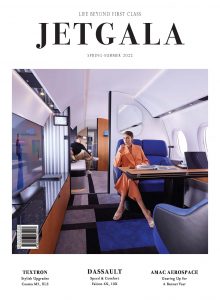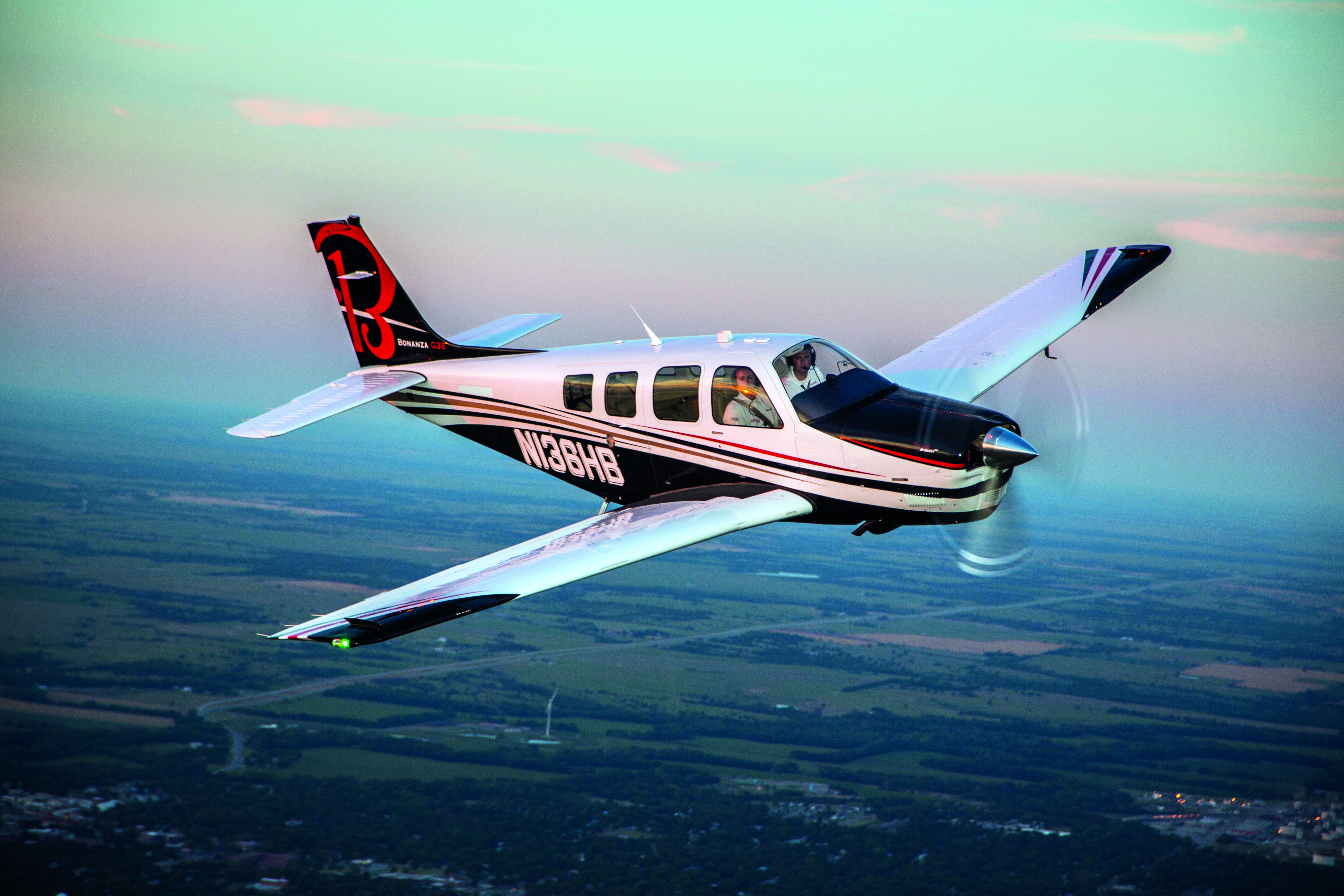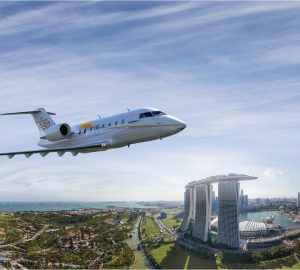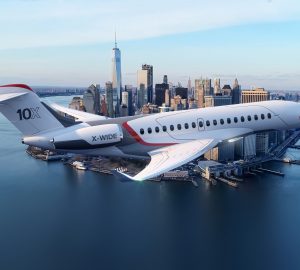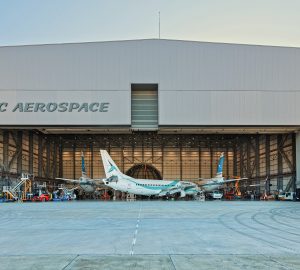The Little Airplane That Could
Fast, practical and stylish, the Beechcraft Bonanza is everyman’s aircraft. No surprises then that this little wonder has stood the test of time.
By Brian Moore
Just over 70 years ago, one of the world’s most iconic small aircraft first took to the skies.
Beechcraft Bonanza Model 35, a single-engine plane designed to be reliable, easy to maintain and a pleasure to fly, set a high standard for all small planes that followed its first flight back in December 1945.
A breed apart
Indeed, the original four-seater Bonanza 35 stood apart from all other small aircraft produced just after the war.
In postwar America, there was an unexpected boom in the aviation industry, brought about by a number of factors. Aviation research and development had continued apace since the 1930s and only intensified during the war. After the war, discharged pilots were looking for employment and demanded new aircraft. Walter Beech (hence Beechcraft), saw an opportunity. He built an aluminum plane that would be different from all the other aircraft before the war and the ones that followed. The result was the Bonanza, which had a very distinctive form and construction.
With retractable landing gear, a top speed of 150 knots, and an innovative V-shaped tail, the original 1947 Beechcraft Bonanza 35 was truly state-of-the-art at the time. The low wing, fighter-like silhouette and futuristic looking V-tail would set the aircraft apart until this tail design was discontinued in the 1980s. The first production Model 35s became a firm favourite as the post-war economy boomed and more and more people took to the air for business and pleasure.
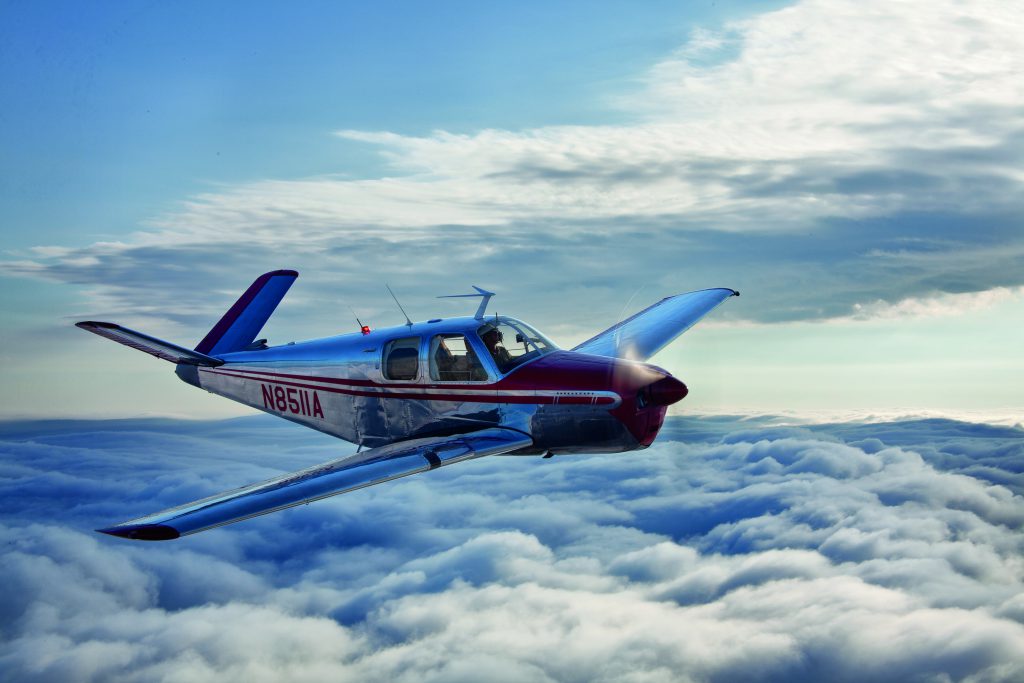
The Bonanza had an interconnected rudder and yoke, which helped novice pilots keep the aircraft coordinated in a turn. Another feature that endeared pilots to the Model 35 was its all-metal construction — after all, this was a time when most light aircraft were still constructed using wood and fabric.
“The Model 35 Bonanza’s metal low-wing design and distinctive V-tail was revolutionary. In fact, when the Model 35 Bonanza was newly introduced, more than 500 orders were placed for purchase before any detailed information about the aircraft was released,” says Kevin Schmitz, Business Leader of Piston Aircraft at Textron Aviation, a company formed back in 2014 following the acquisition of the Beechcraft and Hawker aviation companies.
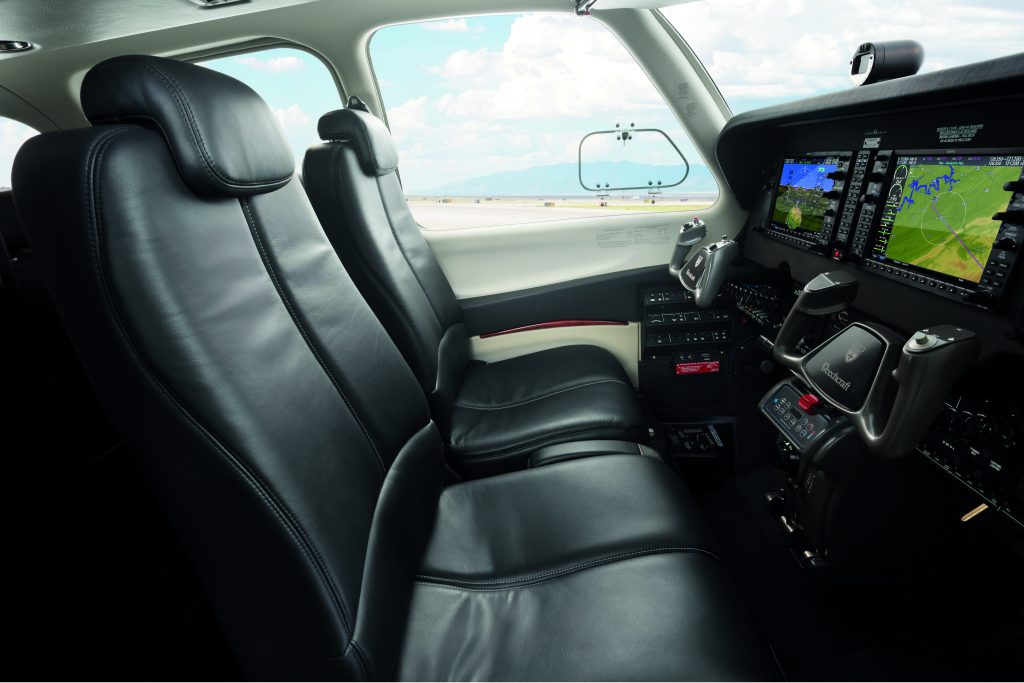
He adds, “Today’s Model 36 Bonanza has seen a lot of improvements in technology and performance over the years, but the basic design of the aircraft has really stood the test of time.”
Record-breaker
In 1949, just two years after the Model 35s first rolled off the production line, a Bonanza named Waikiki Beech became the first light aircraft to fly 2,407 miles non-stop from Honolulu to the US mainland. Later that same year the very same Bonanza flew non-stop from Honolulu to Teterboro, New Jersey — a flight of just over 36 hours and 5,273 actual miles setting a new world aviation record.
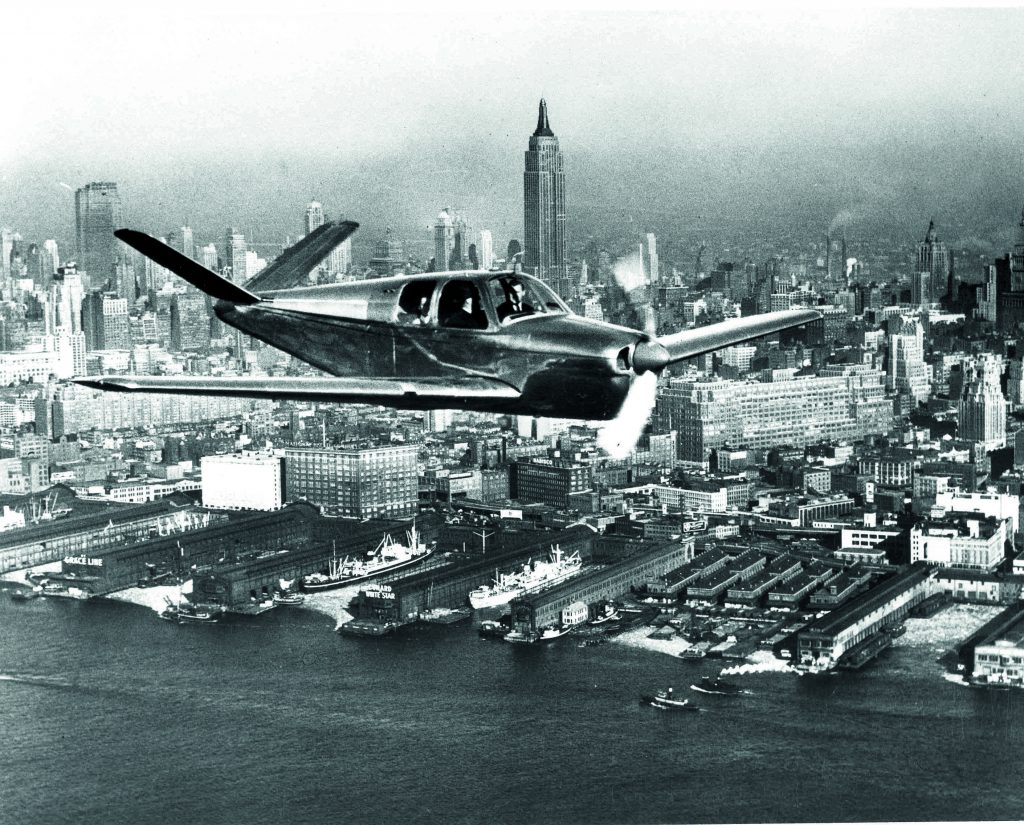
And this record-breaking Beechcraft-designed aircraft isn’t quite done. Just four years ago, in July 2014, a Bonanza (an A36 this time) was once more setting records when 19-year old Matt Guthmiller became the youngest person to fly solo around the world, a flight that took the teenager just under 180 hours to complete.
The versatility of the Bonanza was also recognised by the US military with a version known as the QU-22 Pave Eagle seeing action during the Vietnam war, where its primary role was as an electronics relay platform picking up signals from the ground and relaying them to surveillance centres.
Flying into the future
At present, the aircraft is more popular than ever. “More than 18,000 Bonanza aircraft have been delivered to date,” Schmitz said. “Last year we celebrated the aircraft’s 70th anniversary, making the Bonanza the longest continuously produced aircraft in history.”
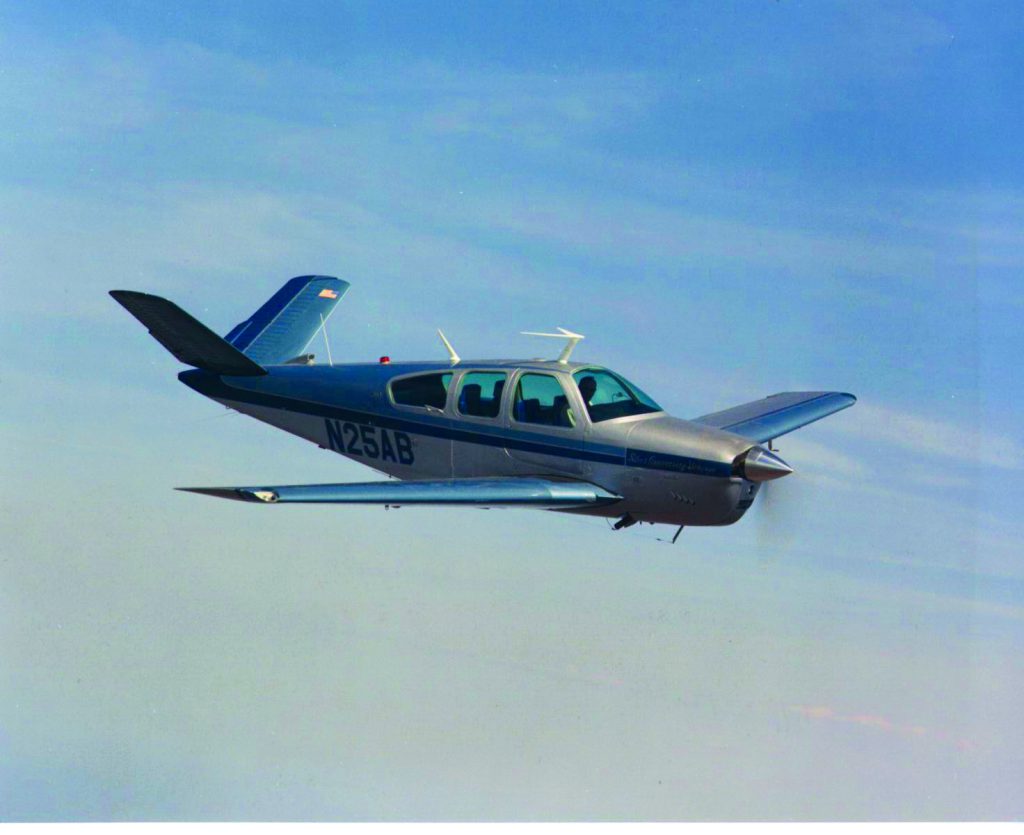
While it’s still a reliable workhorse beloved by new and veteran pilots alike, the Bonanza have undergone upgrades over the years, of course.
“Beechcraft aircraft have become known for their dependability and mission flexibility. From the introduction of products with quality, superior performance and overall value arose a passionate customer base that we continue to see today for both in-production and legacy Beechcraft products alike,” says Schmitz.
Today’s iteration still has the feel of the original, with its riveted metal and low-wing design standing the test of time. And while it lost the iconic V-tail years ago, it gained major improvements since then. It now has a higher-visibility glass wraparound windscreen, touch-screen-centric Garmin avionics that are a major attraction for new pilots who have never flown with purely analog instrumentation.
So, what does the future hold for the Bonanza and the company that created it?
‘With continued investment in new technology and a loyal and dedicated customer base, the Beechcraft brand continues to be a world leader in general aviation with its most capable aircraft to date. We recently introduced next-generation Garmin G1000 NXi avionics to the Beechcraft Baron and Bonanza platforms, as well as to the G1000-equipped Cessna products in the Textron Aviation product family,’ Kevin Schmitz concluded.
With the Bonanza’s reputation for reliability and comfort, not to mention the ease of control enjoyed and loved by its owners, Beechcraft’s iconic aircraft has already taken its place in aviation history.
